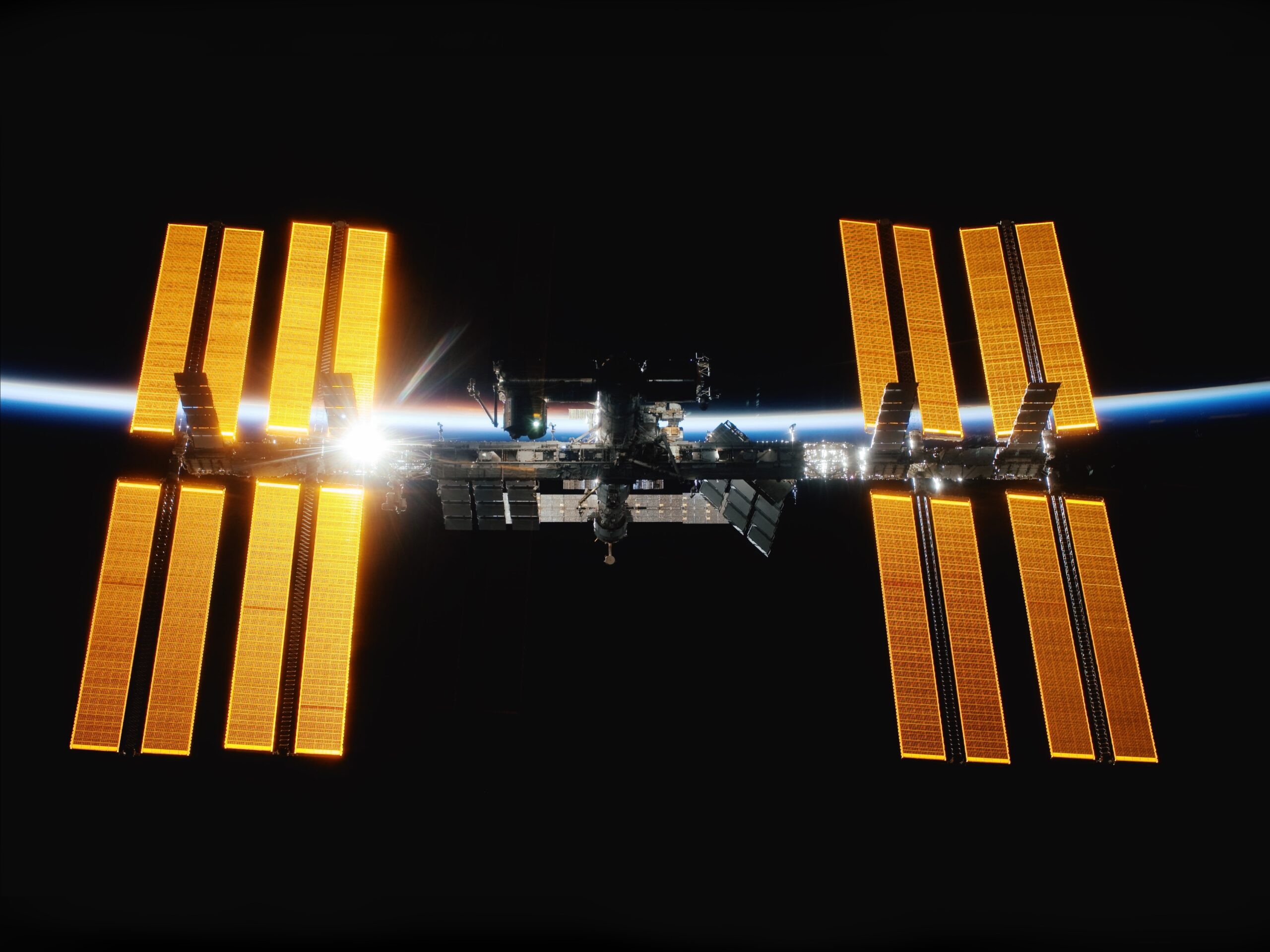Low Earth Orbit Destinations 12 hours
Envisioning the Space Stations, from public to commercial space architecture. The course will focus on the space architecture in Low Earth Orbit.
$900 USD

LEO Destinations
Architecture is an expression of human evolution in material and aesthetic form. In this course, our goal is to develop your ability to perceive and interpret architecture as a reflection of technological advancements and artistic achievements. You will gain a comprehensive understanding of space architecture in the low Earth orbit (LEO) context through vivid analyses of past space architectures, which were created with limited data and knowledge at the time.Throughout the course, you will achieve the following goals:
12 hours
Goals of the Course
- Develop the skills to read, analyze, and comprehend various forms of space architecture in the low Earth orbit.
- Gain historical insights into significant works of past space stations, understanding their design principles and operational considerations.
- Learn typology as a framework to create your own architectural drawings and models, applying design principles specific to LEO space architecture.
- Cultivate an academic approach and acquire a fundamental understanding of low Earth orbit space architecture, enabling you to contribute to the field with critical thinking and innovative ideas.
By the end of the course, you will have a solid foundation in space architecture, equipping you with the knowledge and skills to engage in meaningful discussions, analyze architectural designs, and explore the future possibilities of space habitats.
Module I WARM-UP WEEKS
Module II TYPOLOGY/ DESIGN OBJECTIVES OF LOW EARTH ORBIT ARCHITECTURE
Module III NECESSARY SYSTEMS IN LEO (Advantages and disadvantages)
2 hours
Module IV UNDERSTANDING THE PAST SPACE STATIONS
Module V PRESENT LOW EARTH ORBIT
Module VI COMERCIAL LEO DESTINATIONS CLD IN DEVELOPMENT
Module VII Future of Space Architecture -Futuristic point of through Architecture
In the final module, we will discuss the future trends and possibilities in space architecture. We will explore rotating space stations and partial gravity environments, understanding the medical problems they aim to solve. Additionally, we will discuss futuristic concepts such as responsible and smart architecture, the application of the Internet of Things in space, human-machine and AI correlations, and new technologies. Students will engage in a thought-provoking exercise envisioning long-range future space colonies. The course will culminate in the final presentation of student projects that showcase their knowledge and understanding of space architecture principles and concepts.
Throughout the course, students will engage in reading exercises that complement the topics covered each week, allowing for deeper exploration and understanding of the subject matter. Recommended books will also be provided to further expand their knowledge in the field of space architecture. 2 hours
Ayse Oren
FAQs
Who can enroll?
When do courses start?
Will the sessions be recorded?
How do I take a course?
After you successfully enroll in a Course, you’ll get email notices as well as calendar invites to upcoming sessions. At the time of class, use the links provided to enter the classroom and log in as prompted.



